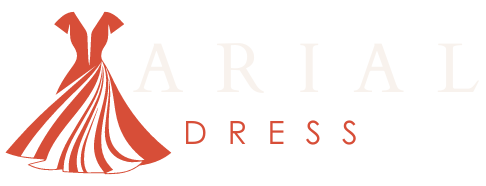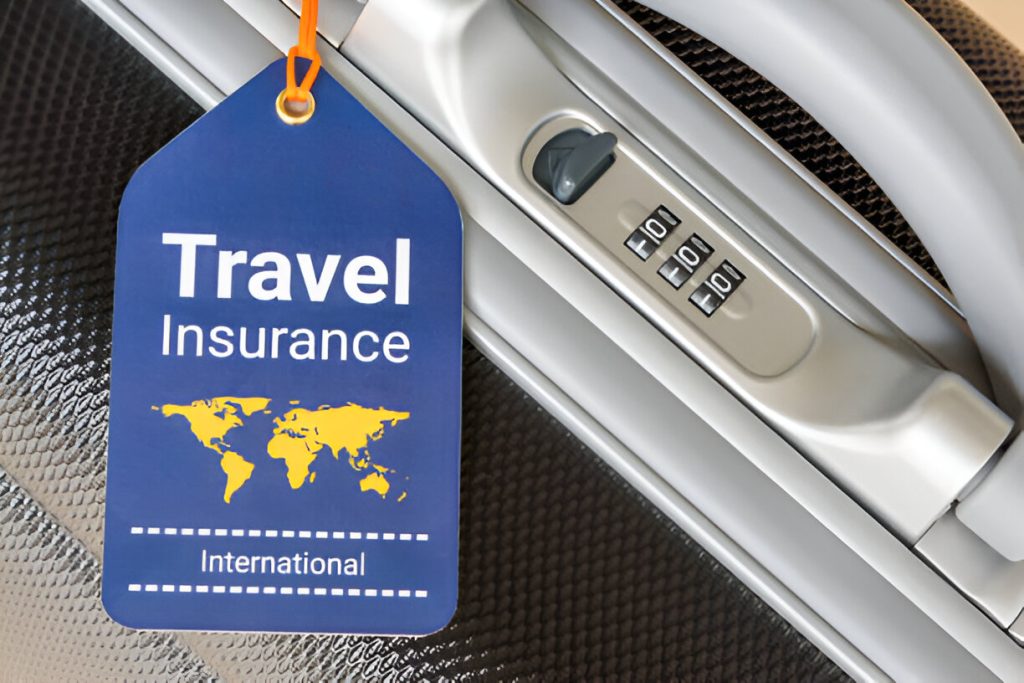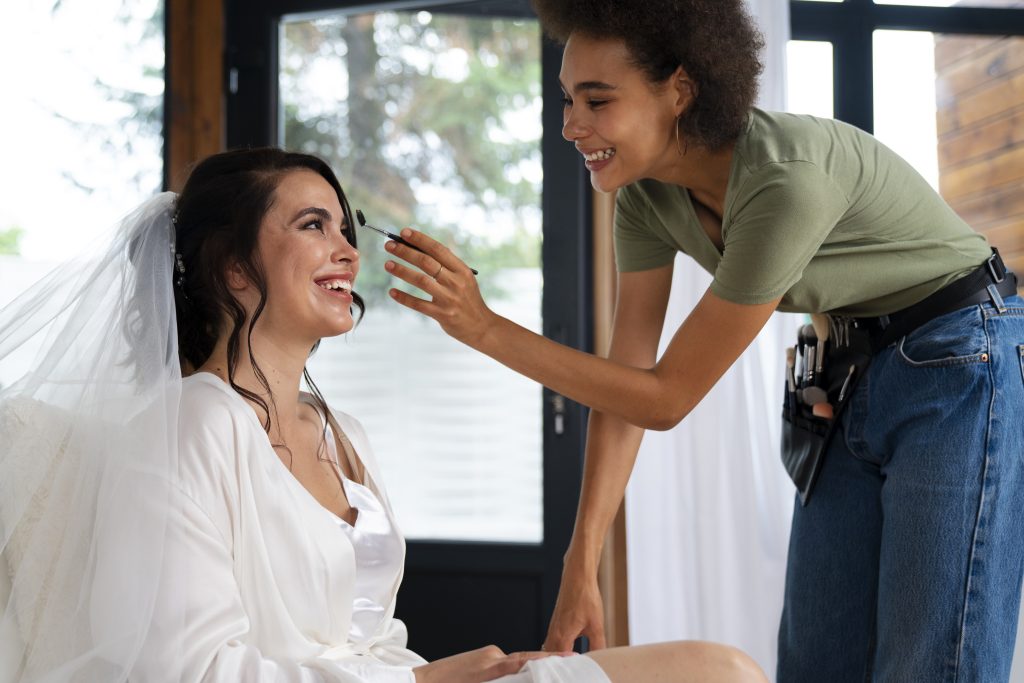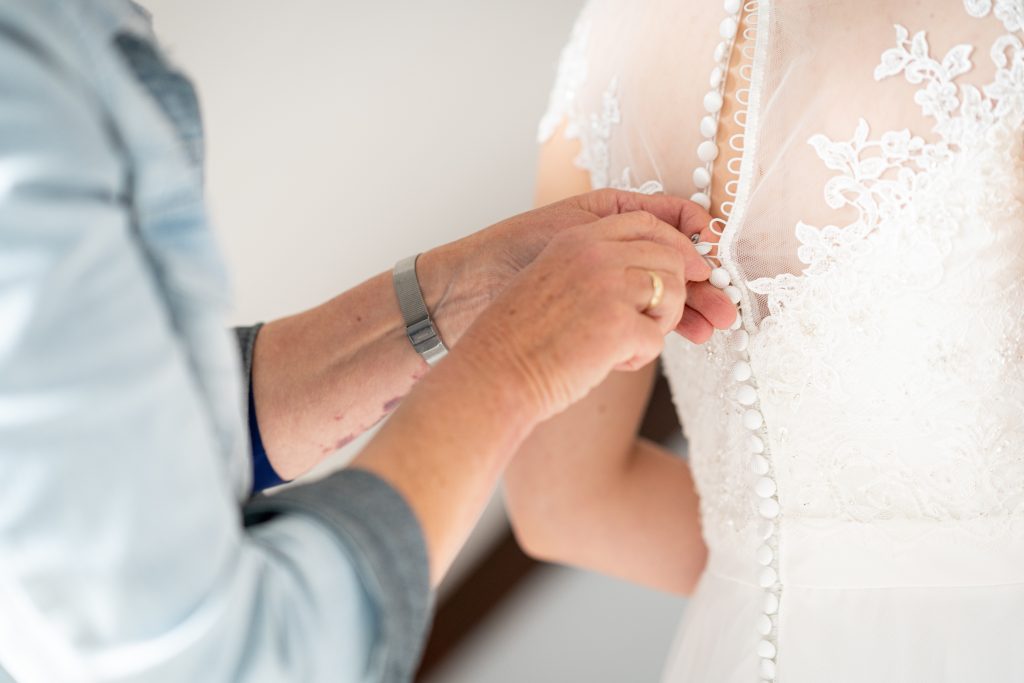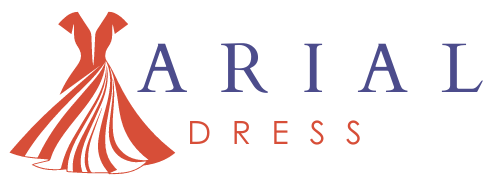When it comes to wedding dress alterations, it’s like navigating a maze where each turn reveals a new cost. Imagine trying to thread a needle in a dimly lit room, unsure of the outcome but knowing precision is key. As you envision your perfect gown, the looming question remains — how much will these alterations impact your budget? Let’s unravel the intricacies of wedding dress alterations and decipher how to keep your dream dress within financial reach.
Average Cost Range for Wedding Dress Alterations
Wondering what the average cost range for wedding dress alterations is and how it may impact your budget planning? The cost breakdown for wedding dress alterations can vary based on alteration complexity, fabric type, rush services, and location impact. Generally, alterations can range from $150 to $600, with customization or modernization potentially reaching up to $1,000. Factors like neckline adjustments, beading work, and intricate details may incur additional costs. Rush services and customizations often lead to more time-consuming and expensive alterations. Specific fabric types, such as delicate lace or intricate materials, can also impact pricing. Additionally, the location of the tailor or service provider may affect the final cost. To manage these expenses effectively, consider discussing all alteration requirements upfront, ensuring transparent communication, and planning ahead to avoid last-minute rush charges. By understanding these cost factors, you can better prepare and budget for your wedding dress alterations.
Factors Influencing Alteration Pricing
When considering the factors that influence alteration pricing for wedding dresses, it is essential to understand the various elements that contribute to the overall cost. The type of fabric plays a significant role in determining the alteration expenses, with delicate fabrics like silk or lace often requiring more intricate work and thus increasing the price. Rush services, where alterations need to be completed in a shorter timeframe, can also lead to higher costs due to the urgency involved. The experience and expertise of the tailor are crucial factors influencing pricing, as more skilled tailors may charge a premium for their services. Beading details on a dress can add to the alteration costs, especially if intricate beadwork needs to be preserved or adjusted. Moreover, location differences can impact alteration pricing, with urban areas generally having higher costs compared to rural locations due to overhead expenses.
Tailor Selection Tips for Alterations
To streamline your search for the perfect tailor for your wedding dress alterations, prioritize evaluating their experience, expertise, and location to ensure a seamless and satisfactory alteration process. When selecting a tailor, consider the following:
- Tailor Expertise: Look for a tailor with experience in bridal alterations to ensure they understand the intricacies of wedding dress modifications.
- Fitting Process: Choose a tailor who pays attention to detail during fittings to guarantee a perfect fit for your special day.
- Alteration Options: Discuss various alteration options with the tailor to explore customization possibilities that fit your style and preferences.
Ensuring the tailor meets your budget considerations and offers a range of fabric choices for alterations will help you achieve the wedding dress of your dreams without exceeding your financial limits. By focusing on these key aspects, you can confidently entrust your gown to a skilled professional who will make your dress alteration experience memorable and stress-free.
Detailed Breakdown of Alteration Costs
For a comprehensive understanding of the costs associated with wedding dress alterations, delve into the detailed breakdown of alteration expenses. When considering alteration methods, keep in mind that the fabric of your dress plays a significant role in pricing. Delicate fabrics may require more intricate work, impacting the final cost. Rush services, although convenient, often come at an additional price. Tailor expertise is crucial as experienced professionals may command higher fees but provide quality results. Moreover, the location of the tailor can impact alteration costs, with urban areas generally charging more than rural locations. Understanding these factors will help you navigate the intricate world of wedding dress alterations and make informed decisions to ensure your gown fits flawlessly without breaking your budget.
Ensuring Transparency in Alteration Agreements
Navigating the world of wedding dress alterations involves ensuring complete clarity and transparency in the agreements made with your tailor. When it comes to ensuring transparency in alteration agreements, there are key aspects to keep in mind:
- Pricing negotiations
- Transparency importance
- Agreement clarity
It’s crucial to have open discussions about pricing, ensuring all costs are clear and agreed upon. Transparency is vital to avoid any surprises and manage your budget effectively. Clear agreements detailing the alterations agreed upon, along with the associated costs, are essential for a smooth alteration process. By setting clear expectations and openly discussing your budget constraints, you can ensure a positive alteration experience that meets your alteration expectations while keeping your budget in check. Remember, clear communication and transparency are key to a successful alteration process.
Choosing the Right Alteration Professional
When selecting the ideal professional for your wedding dress alterations, prioritize expertise and experience to ensure a flawless fit for your special day. Ensure the tailor’s qualifications align with your alteration needs, and consider seeking professional recommendations from friends or bridal boutiques. Discuss the alteration timeline upfront to guarantee your dress is ready on time and inquire about the fitting process to understand what to expect during each session. Below is a table summarizing key factors to consider when choosing an alteration professional:
| Key Factors | Details |
|---|---|
| Alteration expertise | Look for experience in wedding dress alterations and intricate customization. |
| Tailor qualifications | Verify the tailor’s credentials, specialized training, and expertise in bridal alterations. |
| Professional recommendations | Seek referrals from trusted sources or bridal boutiques for reliable professionals. |
| Alteration timeline | Clarify the estimated time needed for alterations to align with your wedding schedule. |
| Fitting process | Understand how fittings will be conducted and how many sessions are typically required. |
Choosing the right alteration professional is crucial for achieving the perfect fit on your big day.
Timing and Planning for Alterations
Plan your wedding dress alterations well in advance to ensure a perfectly fitted gown for your special day. When considering the alteration timeline, it is crucial to set a fitting schedule that allows for adjustments without rushing. Budget management plays a significant role in planning for dress fittings, ensuring you allocate enough funds for alterations without exceeding your set budget. Throughout the alteration process, stay organized by documenting all changes made during fittings to track the progress effectively. Remember, the key to a stress-free experience lies in scheduling fittings at least two to three months before your wedding day, avoiding last-minute alterations that could lead to unnecessary stress. By following a well-thought-out alteration timeline, sticking to your fitting schedule, and managing your budget wisely, you can enjoy the process of perfecting your dream wedding dress for your big day.
